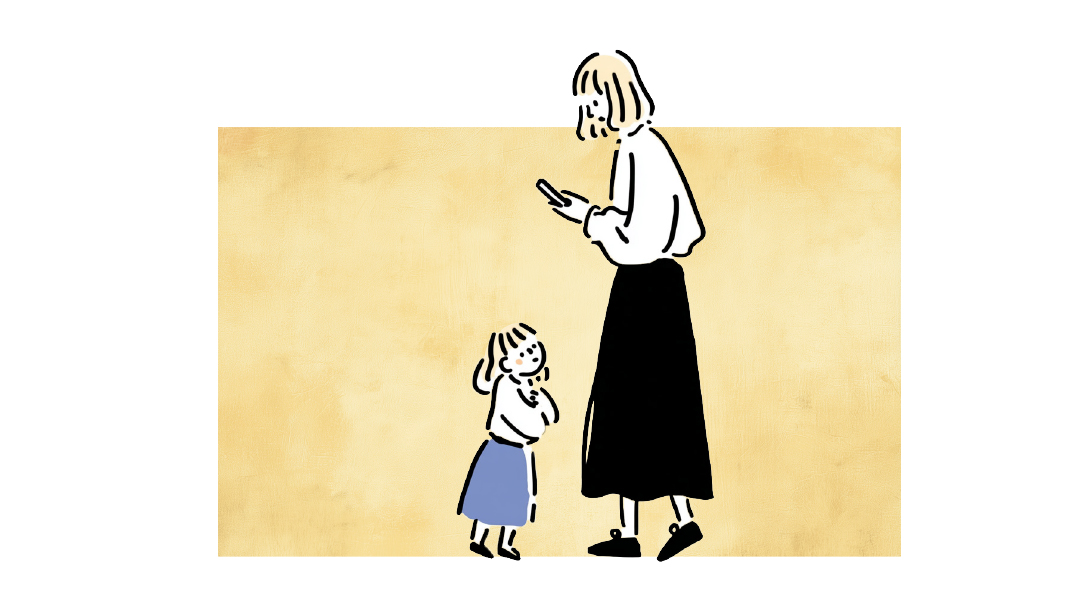Time for Discipline


As our Sages point out setting limits for our children is a form of showing love. One who refuses to set limits actually loves himself more than the child. After all it’s not pleasant to have to say no nor to threaten — or worse yet give — a negative consequence. There may be arguing tears and drama; some parents would rather just wait for the child to “grow out” of the misbehavior.
Unfortunately the longer a child practices an inappropriate behavior the more she wires it into her brain and the less likely it is that she will outgrow it.
The Lure of Discipline
On the other side of the spectrum there are parents who are very comfortable using discipline valuing its role in upholding appropriate parental authority. Threatening or applying a punishment appears to be the fastest easiest and most effective way to put a stop to misbehavior: Just send the child to his room or warn him that he’ll lose his treat — how hard is that?
In fact it’s very hard to punish a child without risking serious negative side effects. Frequent punishment for example tends to be both ineffective as an educational tool and harmful to the child’s self-confidence and self-esteem. Harsh punishment or punishment accompanied by parental anger carries a risk of increasing behavior problems and causing developmental trauma.
While some hardy children in such a family may emerge unscathed by excessive or harsh discipline others suffer significantly. Therefore parents must use punishment consciously carefully and relatively rarely as a discipline tool. It is a last resort after all other more positive educational strategies have failed.
Punishment vs. Discipline
The word “punishment” has fallen out of favor in recent decades replaced by the more benign term “negative consequences.” The change is meant to highlight the educational purpose of using a disciplinary strategy as opposed to hurting the child or “giving him what he deserves.”
Call it what you will a child disciplined this way will lose something he cares about (a privilege an opportunity or a treat) or gain something he doesn’t want (a writing assignment extra chores time spent in a “thinking chair”). Whatever he loses or gains must be sufficiently annoying to the child that he will think twice before repeating the behavior that triggered his change in circumstances.
It is the negative consequence — not the parental attitude or emotion — that must prompt the change. Parental disappointment or displeasure may motivate behavioral change — but at way too great a price. Both the model and the message can create enduring harm. No love needs to be lost in the process of educating a child. A sufficiently annoying consequence will do the trick.
The Two-Times Rule
Use the Two-Times Rule for only one or two misbehaviors that have not responded to any other intervention. Since the true purpose of discipline is to educate a child must be given the opportunity to change his behavior. Therefore we don’t simply hand out a consequence.
First we let the child know what we want of him (“From now on I want you to get up by yourself when the alarm goes off”). We start with that message even if we’ve been working on the problem for months or years already. The message is called Step One.
When that simple information doesn’t yield positive change the following morning we go on to Step Two: repeating what was said and adding a warning of a consequence (“You need to get up by yourself. When you don’t you will have to go to bed a half hour earlier that night”).
If the threat itself doesn’t bring about improvement the following morning the final step is to quietly calmly and respectfully apply the negative consequence (“You didn’t get up by yourself this morning so your bedtime tonight is nine o’clock”). Use the exact same consequence four or five times to allow the process of learning to gradually take hold.
If no change is forthcoming the consequence is clearly not quite annoying enough. Change it (“I see you’re still having difficulty getting up by yourself. Let’s go back to your regular bedtime. From now on if you don’t get up by yourself you’ll do everyone’s chores at dinnertime”).
Whether it’s removal of treats addition of work or something else there’s a sufficiently annoying consequence for every child. Be patient kind and consistent. Don’t give up — eventually your child’s behavior should improve. If it doesn’t consider seeking professional help.
Oops! We could not locate your form.




